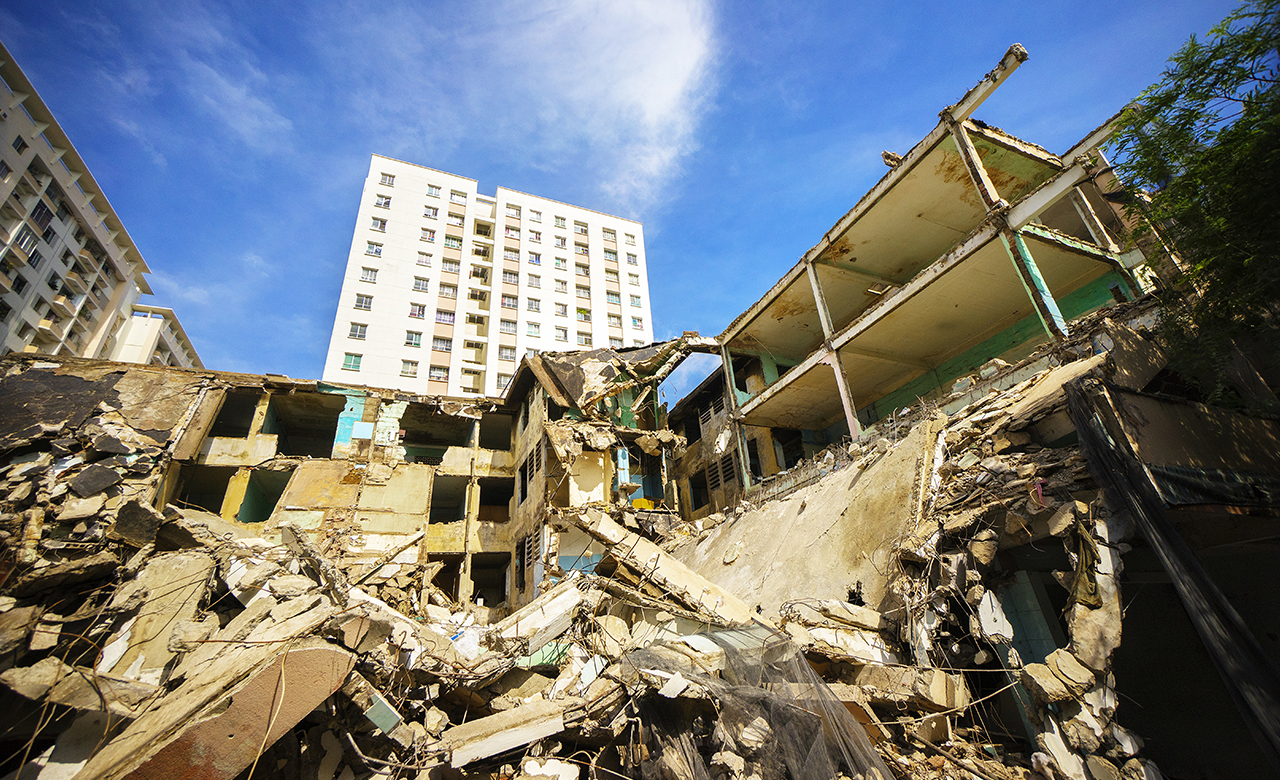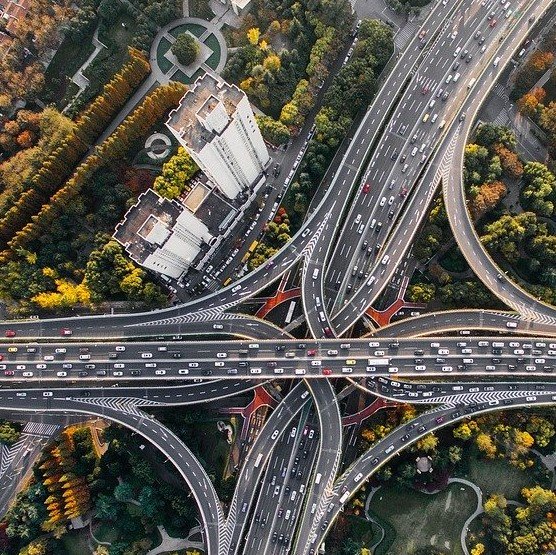What Role Does Architecture Play In Creating Resilient Infrastructure?

The recent global pandemic has brought the issue of infrastructure resilience to the forefront. Major economic devastation has resulted from the sudden halt of infrastructure activities throughout the world. Hence, there is a need for a resilient infrastructure that can withstand the test of time and emergency situations. This article explores the pathways to disaster-resilient infrastructure, emphasizing the importance of proper planning, robust design, and smart technology.
Why resilient infrastructure is important
A devastating natural disaster, such as an earthquake, hurricane, or drought, can result in a significant economic loss for the affected region and country. Furthermore, infrastructure failure can exacerbate natural disasters' impact and lead to loss of human life and destruction of physical assets, including buildings, dams, bridges, and power plants.
Therefore, resilient infrastructure is essential in reducing the economic impact of natural disasters. It is an infrastructure that can absorb and recover from severe strains and shocks, without losing its functionality and vital services. Resilient infrastructure is a critical component of economic development, environmental sustainability, and human livelihood. It requires a coordinated and inclusive approach, involving government, private sector, community leaders, and technology providers.
How to achieve resilient infrastructure
1. Adequate planning
Adequate planning is critical for building resilient infrastructure. It involves integrating risk and vulnerability considerations into the design and implementation process. This approach ensures that infrastructure systems can withstand natural disasters' impact and maintain their functions and services. Planning should involve assessing the potential hazards in the region, analyzing the infrastructure's exposure and vulnerabilities, and mapping the critical infrastructure systems.
Example:
In California, the California Resilience Framework aims at providing a roadmap for creating a resilient infrastructure system statewide. It involves assessing the region's seismic, wildfire, flood, and drought hazards and identifying infrastructure systems such as transportation, water, energy, and telecommunication, and their interdependence. The framework proposes mitigation, response, and recovery measures and encourages collaboration among various stakeholders.
2. Robust design
Once the planning phase is complete, the next step is designing infrastructure systems that can withstand natural disasters' impact. Robust design involves incorporating resilience measures into the infrastructure system's design and ensuring the structures' safety and durability. The design should consider the potential hazards' impact and the infrastructure systems' functionality and interconnectivity.
Example:
The New York City's coastal resiliency project aims at protecting the city's coastline from sea-level rise and storm surges. It involves designing a series of storm surge barriers, levees, and green infrastructure to absorb and deflect water, in case of a hurricane or other natural disasters. The designs use natural elements such as vegetated sand dunes and marshes to absorb water and prevent flooding. The project involves active participation from the community, city government, and technology providers.
3. Smart technology
Modern technology provides a unique opportunity to build resilient infrastructure systems. Smart technology includes the use of sensors, artificial intelligence, and automation to monitor, predict, and mitigate the impact of natural disasters on infrastructure systems. Smart technology allows for real-time analysis of the infrastructure's performance, enabling early detection of potential failures, and rapid response.
Example:
In Japan, the government has invested in earthquake early warning and monitoring systems, which can detect earthquakes seconds before they occur. The system alerts the public through a widespread alerting system, enabling them to take safety measures. Besides, Japan has built earthquake-resistant buildings that can withstand intense seismic activity. The buildings use a combination of structural design elements such as shear walls, base isolation, and damping systems, to minimize damage.
FAQ
What is the difference between resilience and sustainability?
Resilience and sustainability both aim at creating a better world. However, resilience focuses on building capacity to withstand and recover from natural disasters and other shocks, while sustainability aims at promoting environmental, social, and economic sustainability. Resilience can be seen as a subset of sustainability, as a resilient system is by default sustainable.
What is the role of the private sector in building resilient infrastructure?
The private sector plays a vital role in building resilient infrastructure. The private sector brings in technical expertise, financial resources, and innovation in the infrastructure development process. Besides, the private sector can leverage new business models such as public-private partnerships, green bonds, and social impact investments to fund infrastructure projects. The private sector also has a role in ensuring that the infrastructure system is appropriately maintained and operated.
How can community participation enhance resilient infrastructure development?
Community participation is critical in building resilient infrastructure that is inclusive and responsive to the community's needs. Community participation ensures that the infrastructure system's design and implementation reflects the community's values, cultural norms, and behaviors. Besides, community participation enables early detection of potential infrastructure failures and facilitates the adoption of preventive measures. Community participation increases trust and accountability among various stakeholders, leading to a more robust and coordinated approach to infrastructure development.
Conclusion
In conclusion, building resilient infrastructure is critical in reducing economic losses, human lives, and physical infrastructure, resulting from natural disasters and other shocks. It requires a coordinated and inclusive approach, involving adequate planning, robust design, and smart technology. Building resilient infrastructure is a continuous process that evolves with the natural hazards' changing nature. Community participation and private sector involvement are critical in building resilient infrastructure that is sustainable, resilient, and responsive to the community's needs.

_1.jpg)

Post a Comment for "What Role Does Architecture Play In Creating Resilient Infrastructure?"